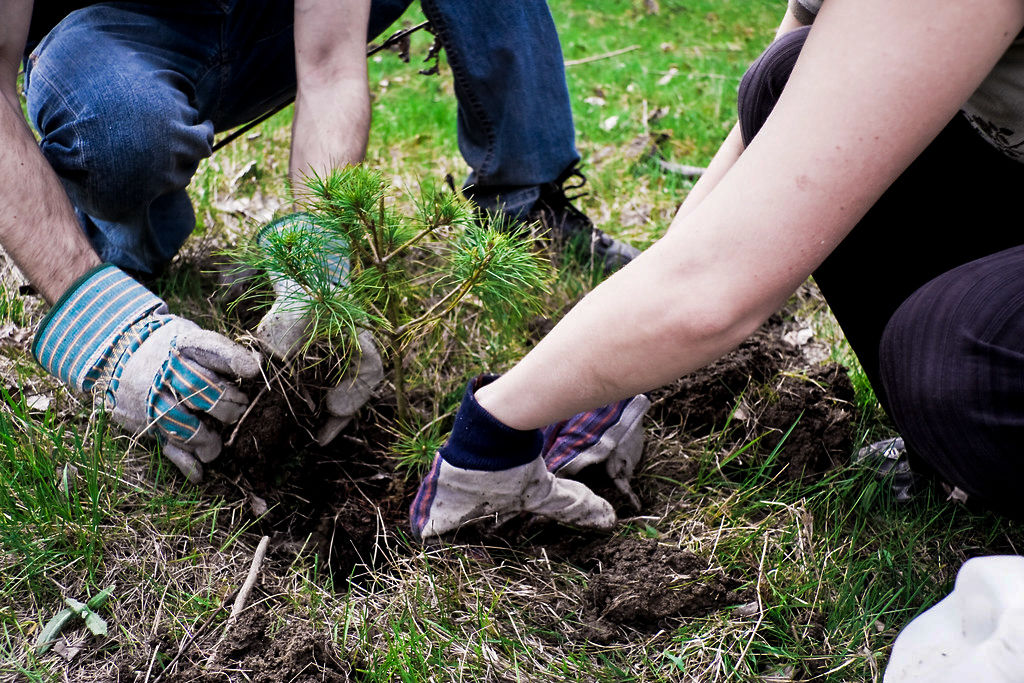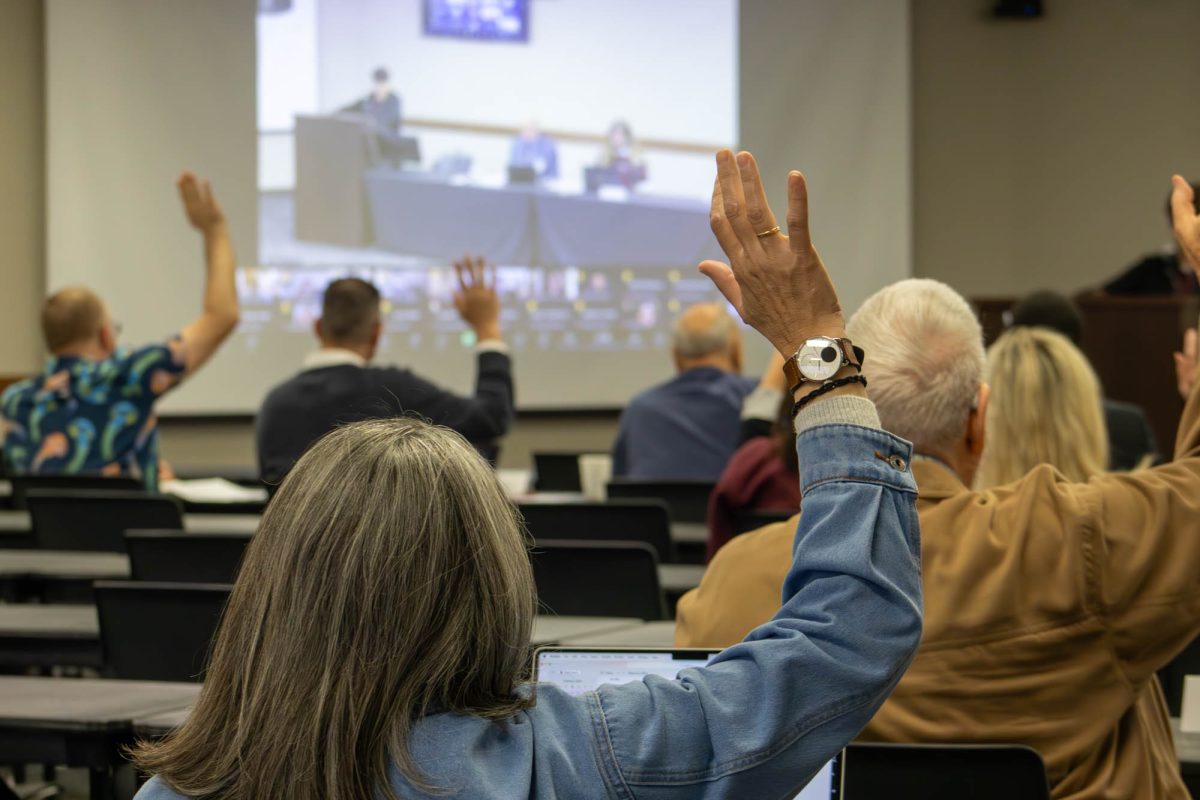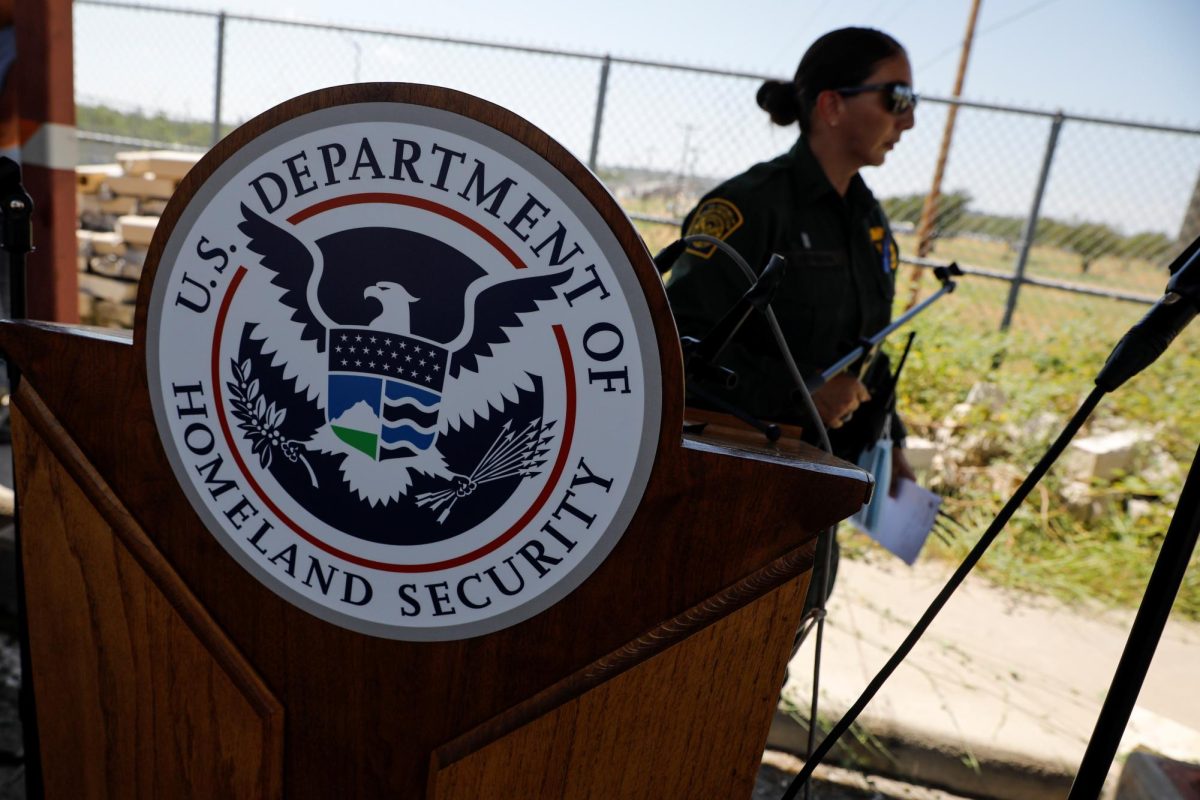Tree planting is becoming an increasingly popular way of attempting to combat climate change, but it is not as simple or as helpful of an act as it might seem.
There are many popular campaigns to help plant millions of trees around the world. One of the most high-profile ongoing campaigns is #TeamTrees, an effort started by YouTubers Mr. Beast and Mark Rober to plant 20 million trees by 2020. In partnership with the Arbor Day Foundation, a tree planting non-governmental association, $20 million is being raised – $1 for each tree.
Trees absorb carbon dioxide and contribute to clean air and water, so initiatives such as these are sometimes seen as being at the forefront of combating climate change. However, tree planting is a much more complex issue than just putting the seed in the ground. Many factors have to be taken into account before a tree can be planted, according to Joseph Veldman, assistant professor in Texas A&M’s Department of Ecosystem Science and Management.
“Simply focusing on the carbon capture aspect of trees brings about negative and unintended consequences,” Veldman said. “If trees are planted where they haven’t historically occurred – in places such as grasslands – this can affect the already existing natural habitats. Trees aren’t always compatible with the local plants and animals. For example, bison aren’t forest species, so could be negatively affected by tree planting in their grasslands.”
The Arbor Day Foundation has existed since 1977 and has planted over 400 million trees during that time, Danny Cohn, Arbor Day’s Director of Public Relations and Marketing said. It emphasizes the need for planting “the right tree in the right place,” said Danny Cohn, Arbor Day’s Director of Public Relations and Marketing.
“We look for native species trees that go will with the soil and other conditions of an area,” Cohn said. “Where a tree goes is just as important as what type of tree we plant. Are there power lines or plumbing pipes in the area? What is the tree’s purpose – shade, energy or beauty? All of these things are considered.”
While Veldman readily acknowledges that tree planting plays a role in helping the environment, he said he believes it’s a relatively small one compared to other efforts, such as reducing fossil fuel consumption. Veldman said tree planting is overvalued. Since it is quantifiable it is popular, but it is less effective than other, more nebulous measures, pointing to flashy headlines from a Swiss-based study that was released in July as evidence of this.
“Spatially explicit maps show how much additional tree cover could exist outside of existing forests and agricultural and urban land,” this study, by the Swiss Federal Institute of Technology, published in the academic journal Science, said. “There is room for an extra 0.9 billion hectares of canopy cover, which could store 205 gigatonnes of carbon.”
Veldman strongly disputes that finding, as his research contradicts those eye-catching statistics.
“That paper was backed by really faulty science, and we’ve since debunked that study,” Veldman said. “One of the reasons we’re seeing so much on tree planting right now is that there was a massive push on this study that had inflated numbers, saying that tree planting was going to be our savior.”
Veldman said in some parts of Africa, there is a desire to plant trees in theoretically empty spaces, but these are either not suitable for forestation or are inhabited by poorer people who have no say in what gets done to their land.
Veldman said he is not criticizing Arbor Day or their methods, but is merely pointing out the overall dangers in mass tree planting. Arbor Day’s projects, as outlined by Cohn, are certainly ambitious; #TeamTrees will have an impact on every continent except Antarctica, Veldman said.
In terms of making a difference at the local level, Cohn recommends getting involved with Tree Campus USA, of which A&M is a part, as well as looking at local tree-planting non-profits. Veldman suggests a broader approach of participating in “ecological restoration”. This could involve tree planting, but also helping to restore native prairies and grasslands.
“Right now, we have the most trees in Texas in perhaps the last 10,000 years,” Cohn said. “It is important to embrace the state’s biological diversity.”
Tree planting: Popular but with pitfalls
November 7, 2019
Photo by Creative Commons
While trees absorb carbon dioxide and contribute to clean air and water tree planting is a much more complex issue than just putting the seed in the ground.
0
Donate to The Battalion
$2790
$5000
Contributed
Our Goal
Your donation will support the student journalists of Texas A&M University - College Station. Your contribution will allow us to purchase equipment and cover our annual website hosting costs, in addition to paying freelance staffers for their work, travel costs for coverage and more!
More to Discover









